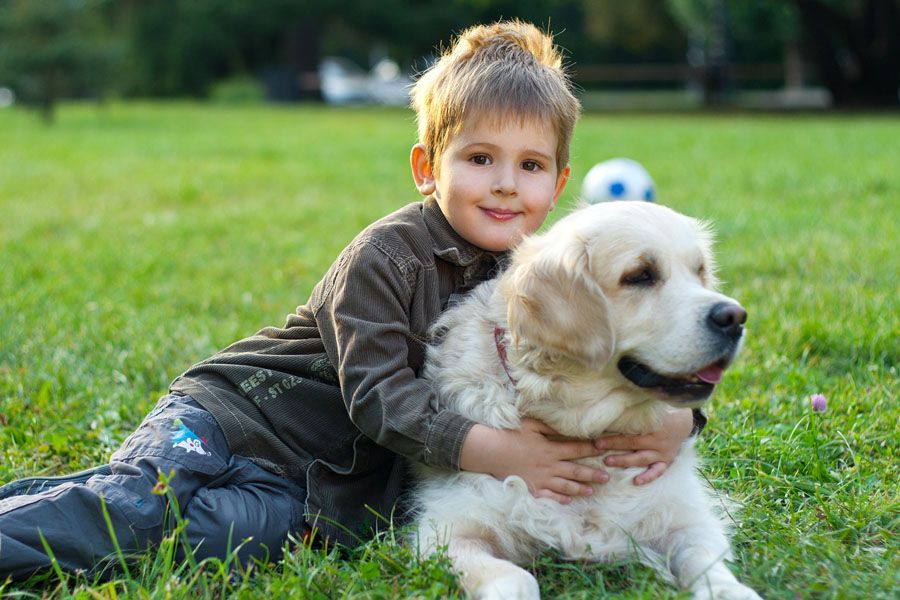More than 10% money off on INNX Amazon.com , check the link here.
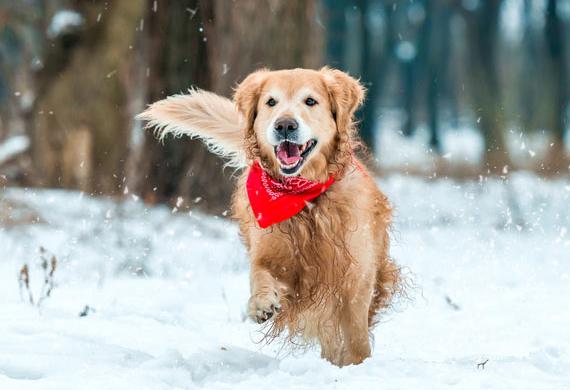
Upgrade a standard backyard romp to a trip to the dog park, a nature trail or another enticing locale. Or, just walk a different route than you usually do. Also, arrange to take your dog out with other dogs, or hire a dog walker if necessary. When you go out, bring a few treats and use them to reinforce a positive cold-weather outdoor experience.
You can’t blame your dog for not liking to walk around outside when the cold ground, snow, ice, salt and chemical de-icers burn, sting, dry and crack her paws. Get her accustomed to them at home first, offering treats and praise as positive reinforcement. If your dog simply won’t wear booties, Becker suggests petroleum jelly or a commercial protective gel for canine paw pads. Wipe off your dog’s paws immediately after returning home so she doesn’t ingest gel, rock salt or other de-icers while licking.
Lots of dogs have built-in coats that can handle cold weather, but many benefit from the additional warmth provided by a doggy jacket or vest, especially in really low temperatures or for extended excursions.
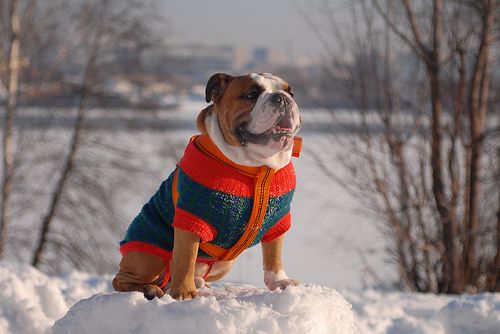
Providing fresh air, exercise and stimulation for your dog during the cold weather is important, but there is such a thing as too cold. Remember, young and senior dogs and those with conditions such as arthritis struggle even more in the cold. Watch for signs that your pooch can’t handle the deep chill; they can include shaking, cowering, repeatedly lifting up her feet and continuously trying to go back inside.
For when it’s simply too cold out, or when other inclement weather or dangerous conditions won’t let you and your dog get outside, turn to indoor activities that encourage movement and stimulation. If you have a long enough hallway you can clear out, use it for a game of fetch or tug-of-war. Playing fetch up and down a stairway works well, too. Or, play hide-and-seek or put out a trail of treats for your dog to sniff and follow. Don’t overlook indoor options away from home, either. Pet spas, heated indoor dog pools and doggy exercise or yoga classes offer physical activity, mental stimulation and socialization, even when the weather outside is frightful.
Dogs are our best friend, they need warm and love in cold winter.
Your pup’s exercise requirements will differ by age, size, breed and diet, but most veterinarians will agree that a dog needs daily exercise, broken up into two or three sessions, totaling no less than 45 minutes a day. An exercise session can be anything from a brisk walk to a game of catch or a hard run but it should try to incorporate both physical and mental stimulation, as well as a bathroom break.
Put yourself in your dog’s winter booties. If you had a thick layer of fur, you wouldn’t mind spending an extra ten minutes rolling in the snow. Always dress to be as warm as your pooch and keep moving along with them. In this way you will both be at a similar temperature and you will be more likely to want to go in at the same time.
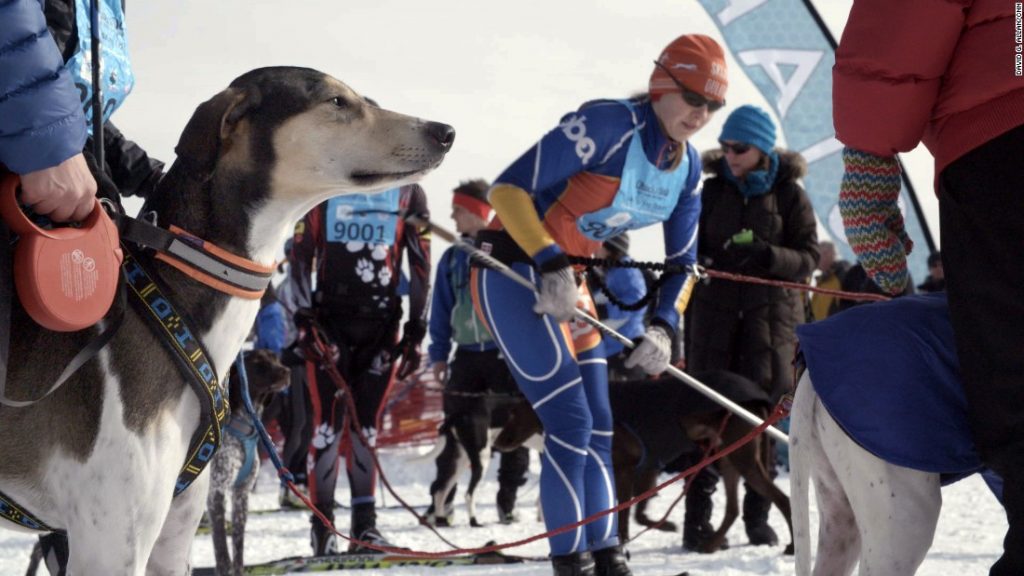
Choosing the right clothing and gear is important for both you and your dog. Avoid slipping on ice with a good pair of winter boots, and get a matching pair of booties for your dog to help keep their paws safe and comfy. Likewise, having some unique winter toys on hand can increase the fun factor. Imagine playing fetch with a heavy ball in the snow – one throw and it’s game over. Choose a bright colored or glow-in-the-dark Frisbee that won’t sink into snow.
Exercise is as crucial for your health as it is for your dogs. Don’t come home from the gym dreading your evening dog walk. Instead develop a manageable winter workout to do with your dog. Snowshoeing and cross-country skiing are great exercises you can share with your dog, but snowball fights and sledding are also healthy pursuits your dog and family will love to get together for.
You have probably heard of dog sledding but have you ever heard of skijoring? Skijoring is a variation on dog-sledding where all your dog has to pull is you, on skis. Dog sledding can be a fun and humane sport if you know what you’re doing but skijoring requires much less equipment and a lighter load which means it can be more suitable for someone who is running only one or two dogs. As with all dog-pulling activities you have to have the right leash to avoid straining your pooch.
New studies in canine medicine suggest dogs are as susceptible to Seasonal Affective Disorder (SAD) as humans. The best way to fight winter blues is with lots of exercise and a healthy diet, rich in vitamins, particularly vitamin D. If your dog doesn’t feel like going out even when you snap on the leash and start shaking the treats bag it may mean they are suffering from SAD and they could benefit from a multi-vitamin and the use of a sun lamp for a few mid-day hours.
If all else fails and you must stay in, don’t let that be an excuse not to show your dog love and attention with active indoor games. Race up and down the stairs, try some tug of war, or practice some Dog Yoga. There are so many great ways to interact with your dog.
The cold days will come but, for your dog’s health and yours, try to stay active and keep having fun.
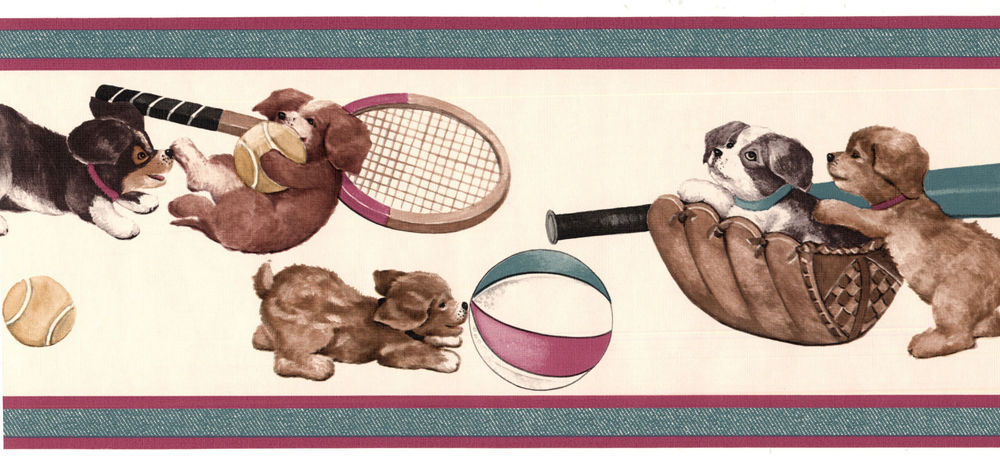
Every season is beautiful in its own special way. The burst of flowers in spring, memories of the beach during summer, the colors of fall, and now, as winter arrives, we await the snow dusted pine trees of a frosty morning. Our dogs love every season as well, racing through flowers, leaves or snow with equal vigor.
Family’s should have a dog because they can be so loyal, they can keep you active and healthy. they even risk their life for you! Especially, if you have kids.
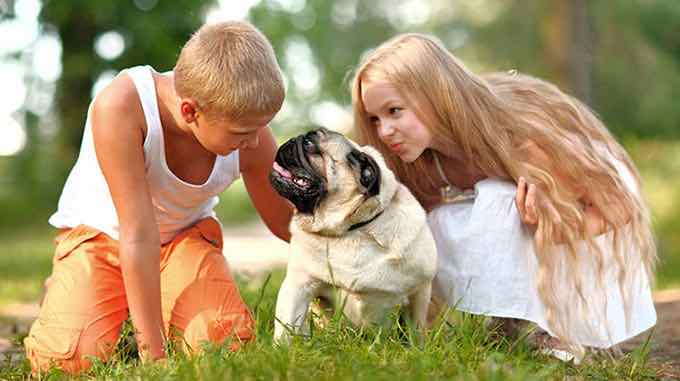
Having a pet helps people stay invested in life. Particularly if you live alone, pets counter loneliness and help you continue to focus on what’s going on around you. Believe me, dogs are awesome!
